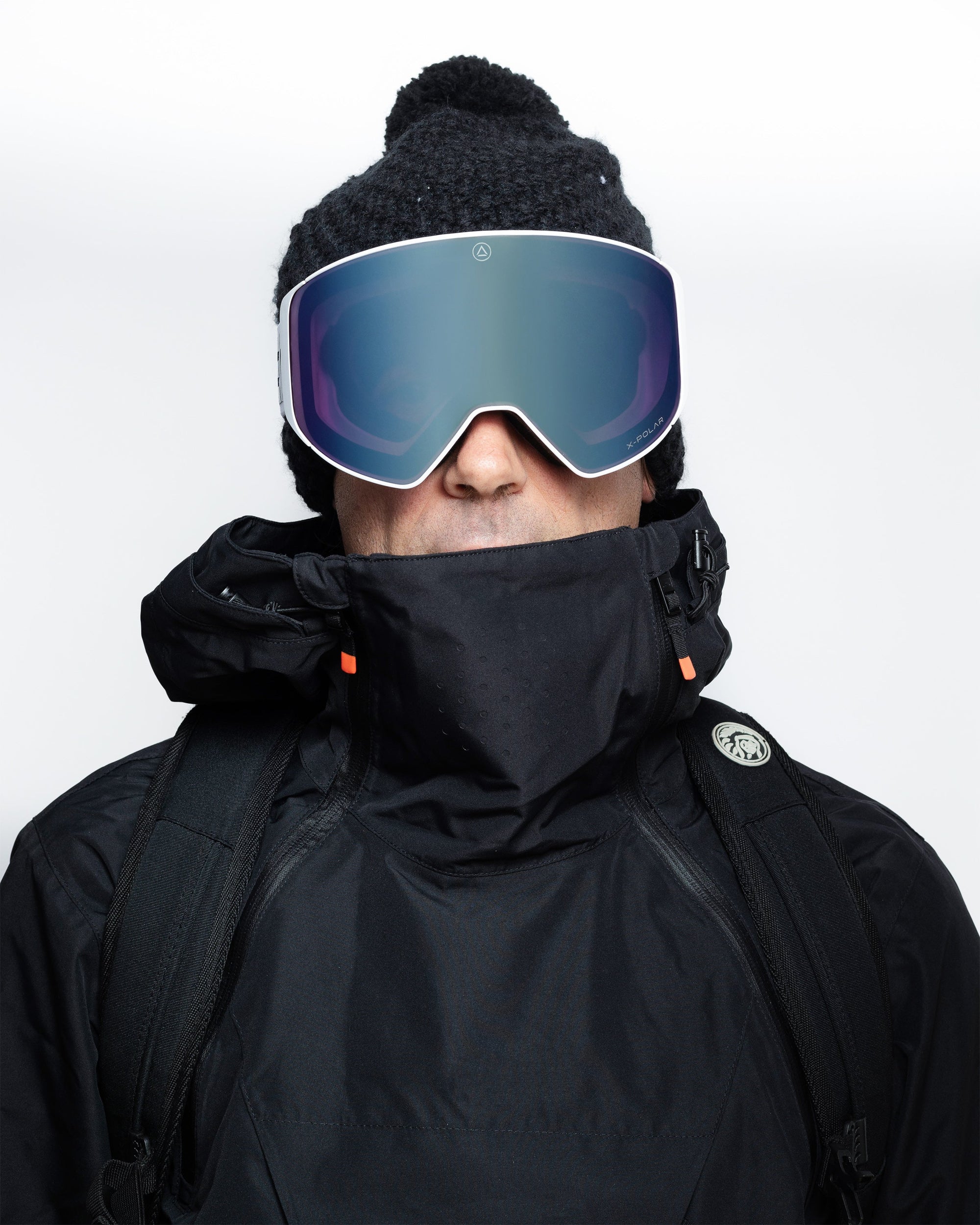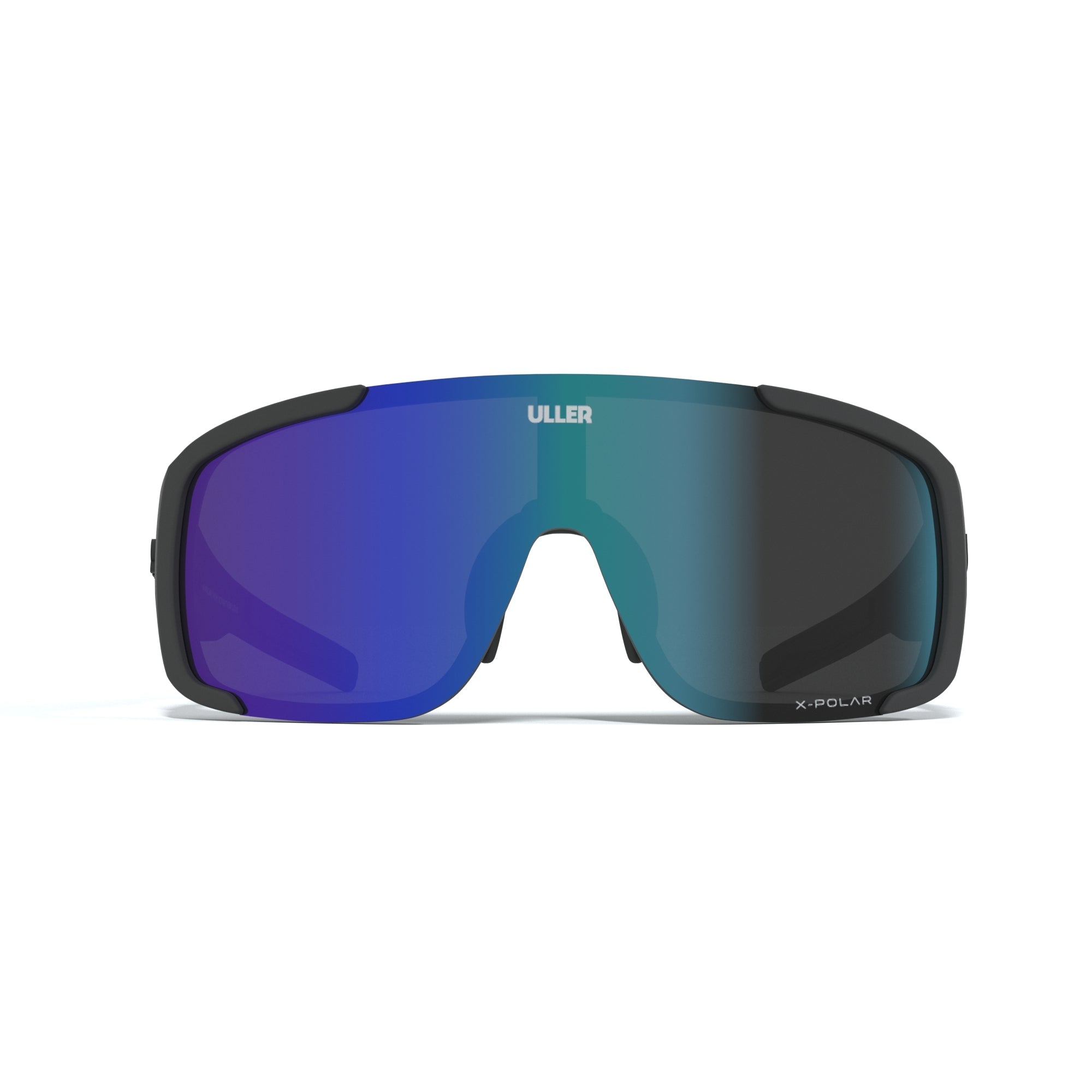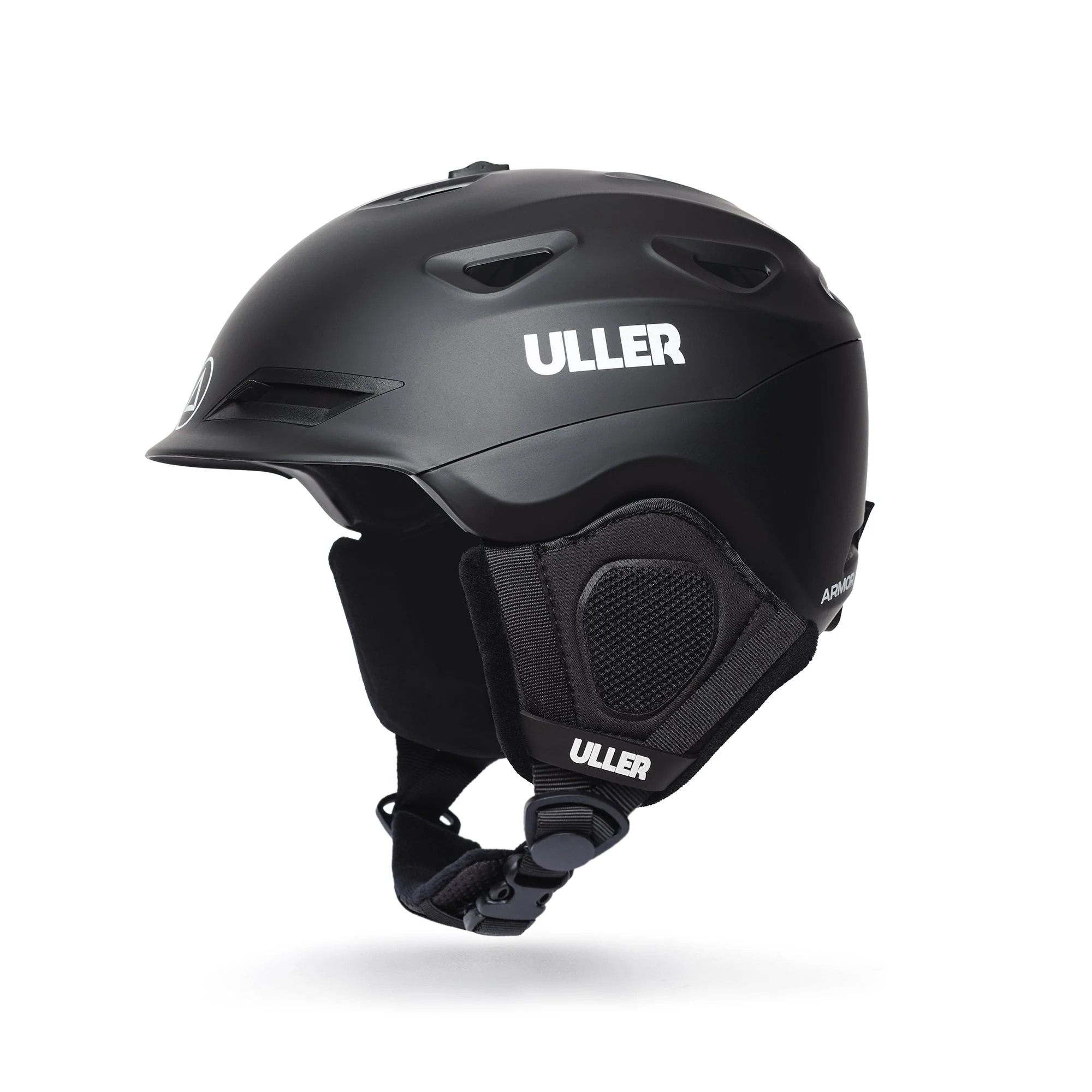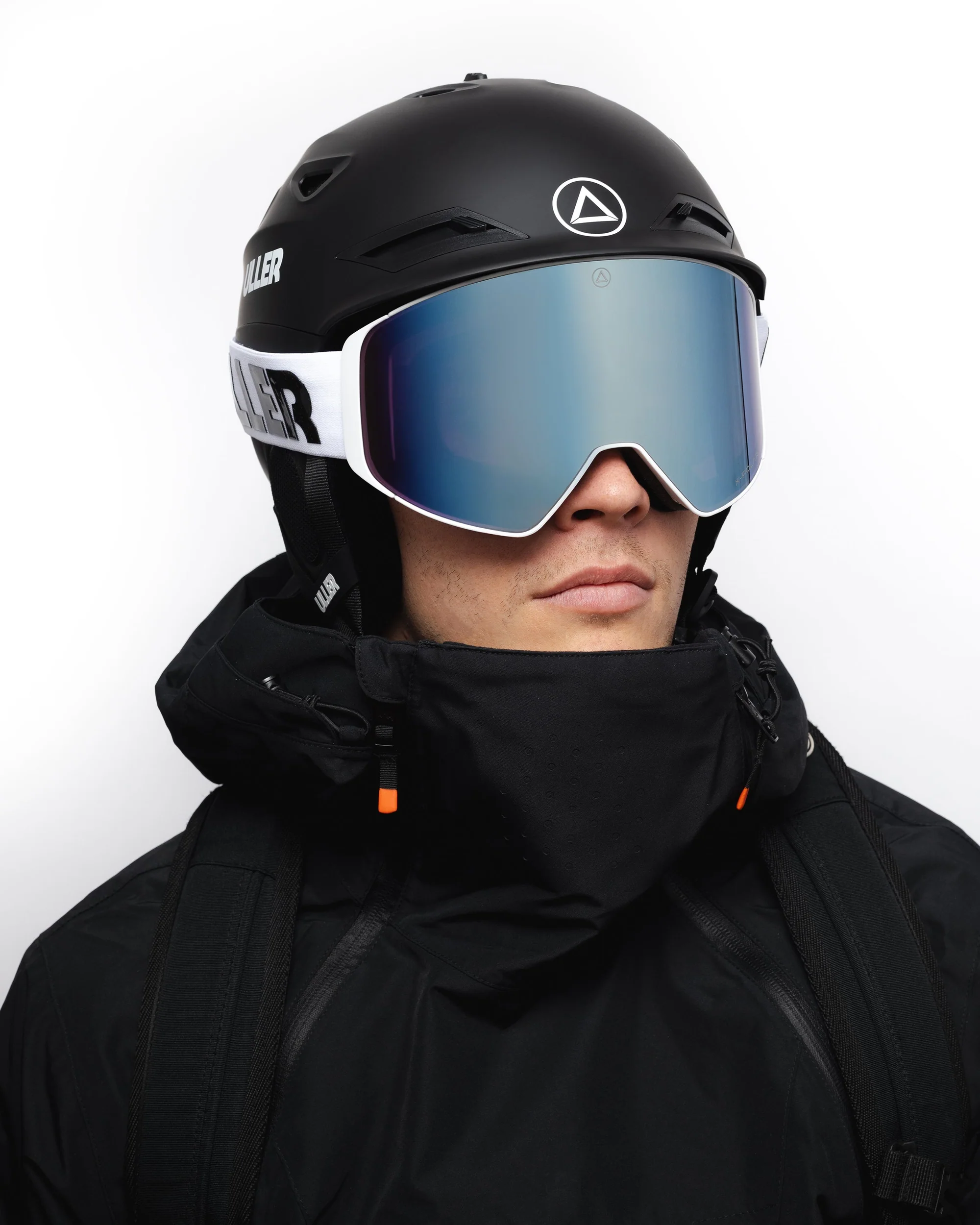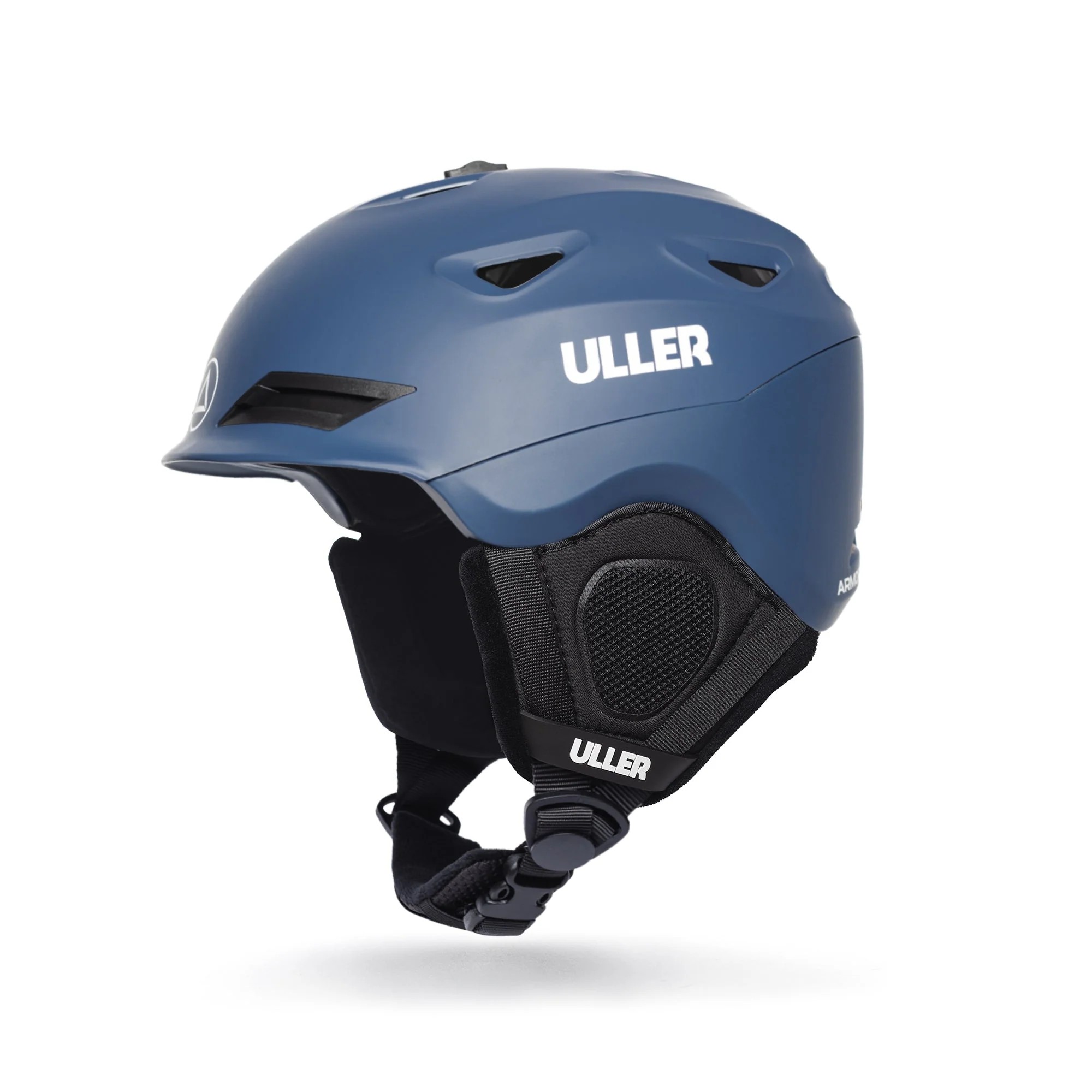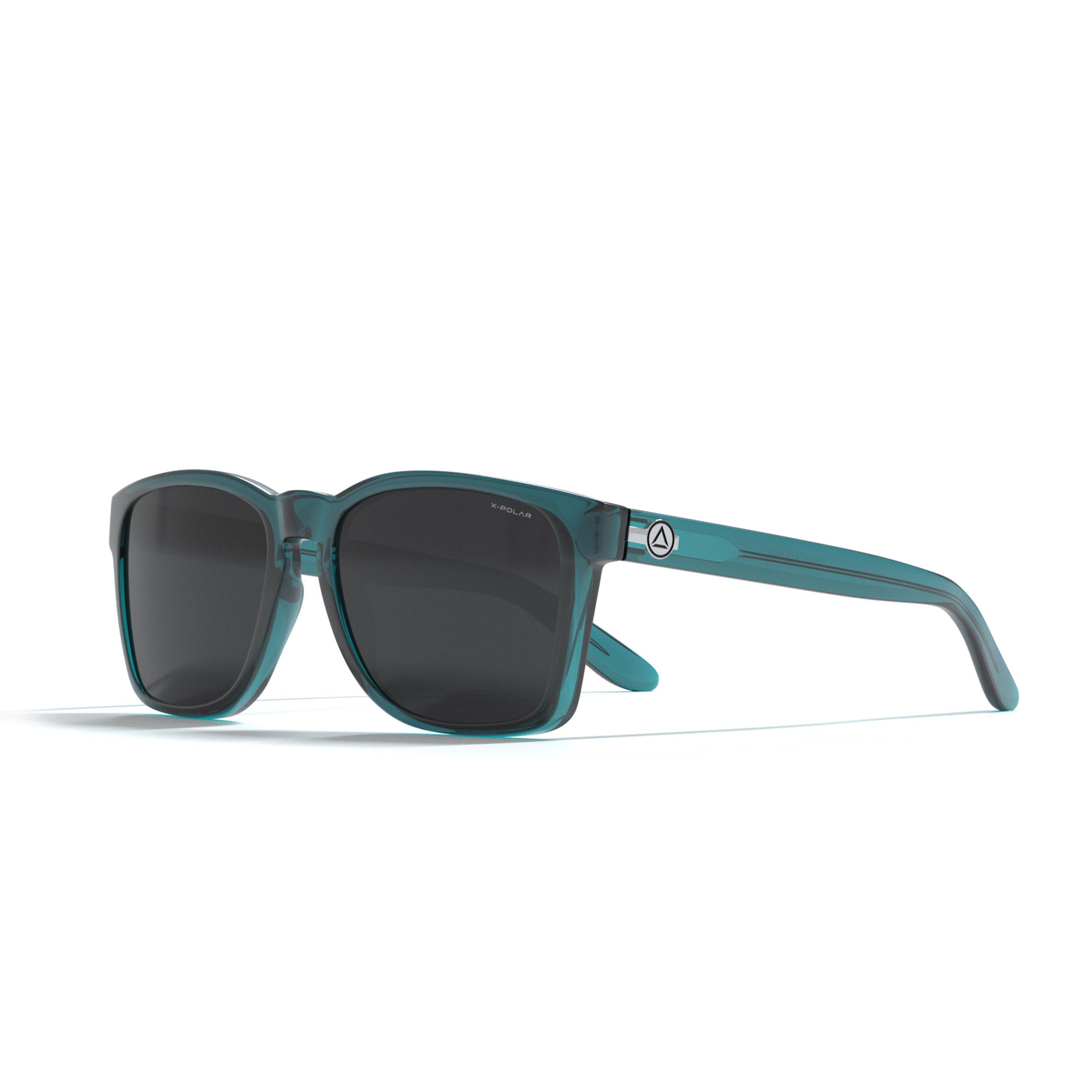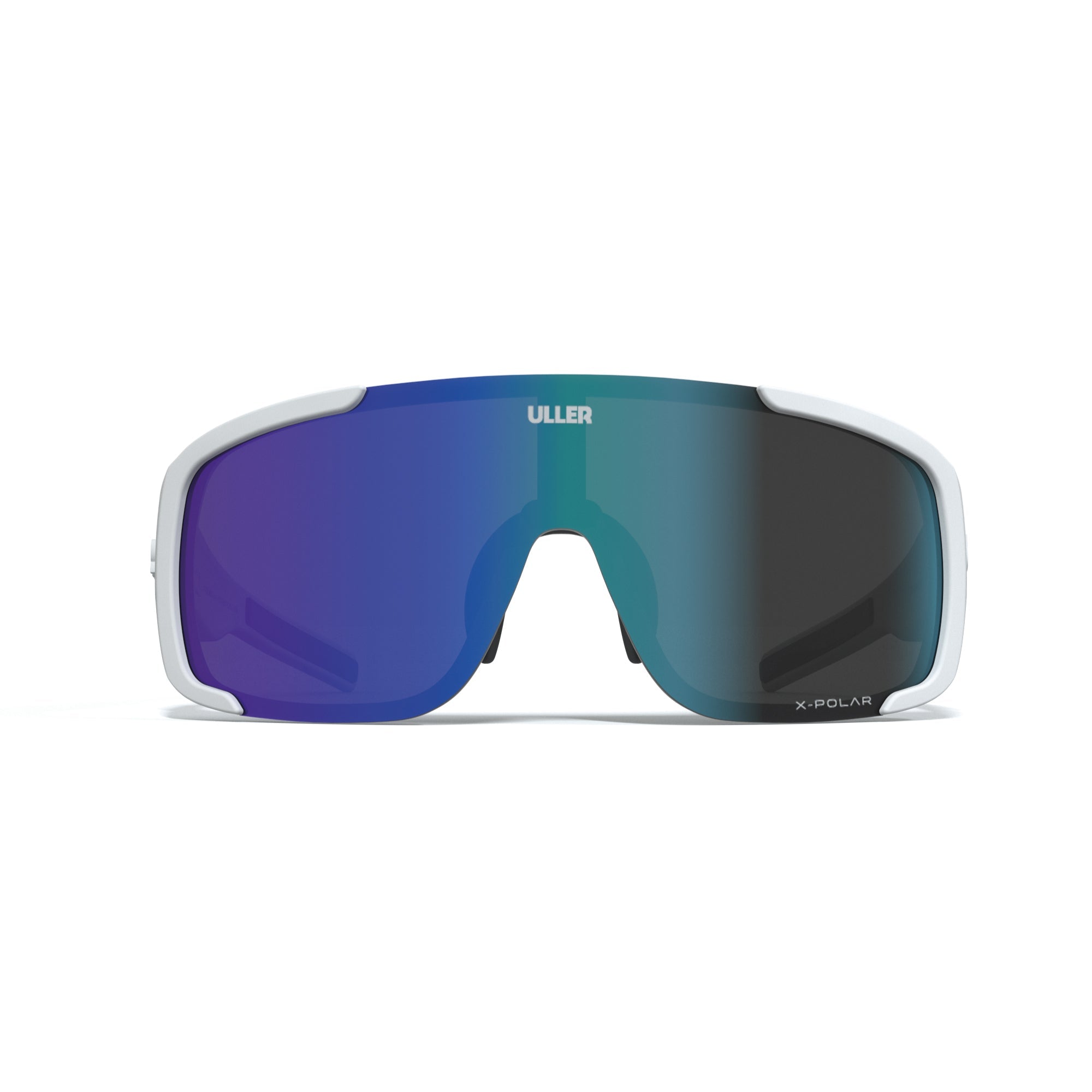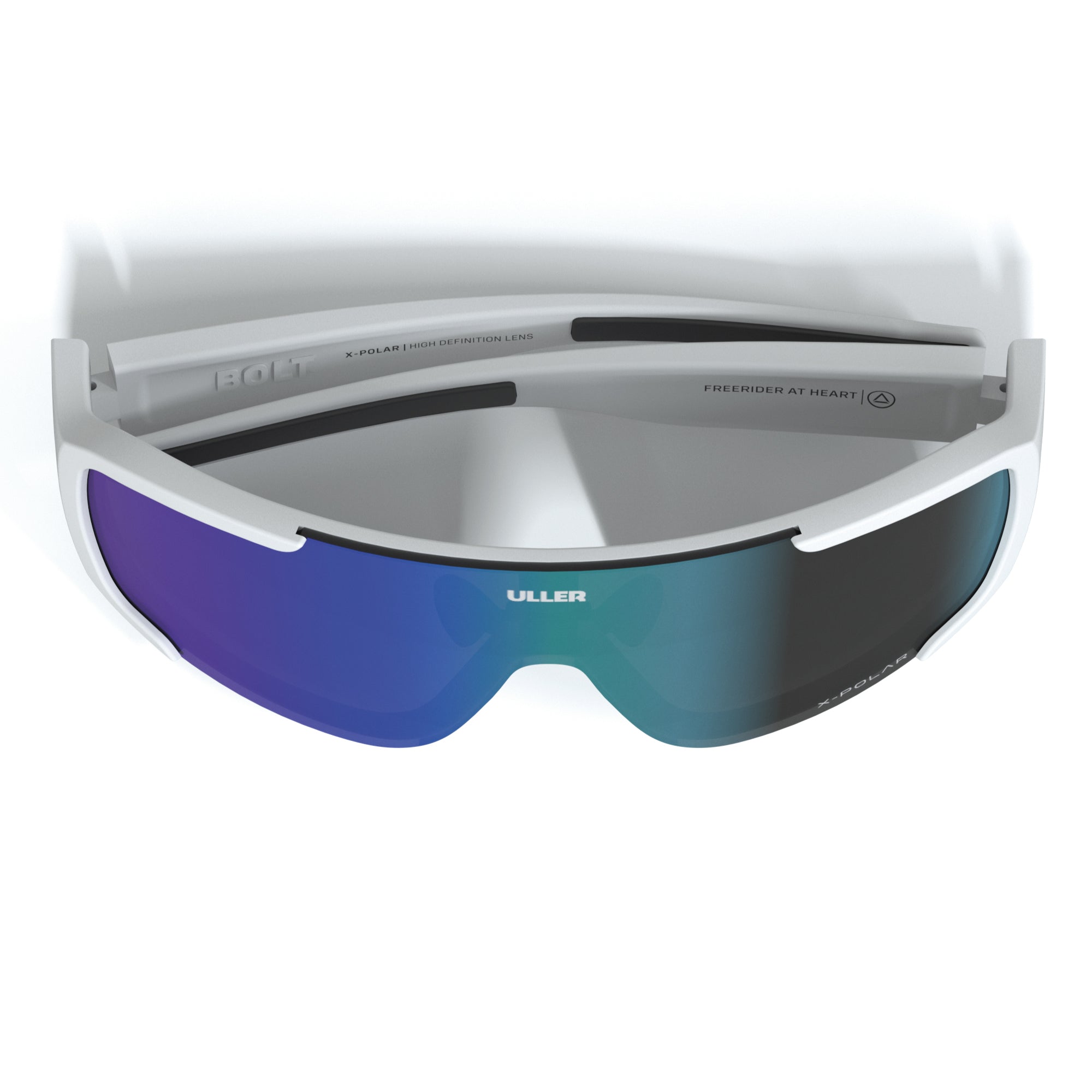When thinking about cycling and more specifically about competitions, it is inevitable that the Giro d'Italia comes to mind. The competition that is held every year in the month of May since 1909 has undoubtedly earned the position of being one of the most eagerly awaited races in the bicycle world along with the other two great tours that are the Tour. de France and the Tour of Spain.
This competition, as its name indicates, is held in Italy, and sometimes, certain stages are also held in neighboring countries. The Giro has a three-week duration system in which the different stages of the competition take place.
When talking about the Giro, it is also necessary to mention the mountains and its difficult passes that all the participants must reach every year to complete the stages of the race. In the Giro d'Italia there has never been the same classification of ports as in the rest of the races that go from easier to more difficult (Special, 1st, 2nd, 3rd...) but rather it has been done by colour, with blue being the most high, green for the port of the final stage and red, yellow and gray for the ports of greater or lesser difficulty.
If you are a cycling fan, keep reading this article because we present you the 10 most difficult mountain passes of the Giro d'Italia.
One of the most attractive features of the Giro, in addition to being held in a country as spectacular and popular as Italy, is its selection of mountain passes that leaves no one indifferent. The great variety of Italian mountainous areas favors the choice of ports and ensures that every year they alternate so that it is never the same.
According to different parameters such as length, slope, percentage and altitude, these are the 10 most difficult climbs in the Italian competition.
Stelvio Pass

Located in the eastern Alps, the Stelvio is one of the ports that has gained the most fame within the competition. This port, which is located at an altitude of 2,757 meters, is very recurring in this event, and its difficulty (the second most difficult in the Alps), as well as the panoramic view of its curves, have become a legend in the sport. From the city of Prato there are 24.3 km of ascent with an average gradient of 7.39%, this means that the cyclists will have covered around 1800 meters between ascents and descents. Each time it participates in the competition, it is called Cima Coppi, the name given to the highest altitude passes. The snow, the difficulty in breathing, as well as the aforementioned inclinations do not make the task easy for cyclists.
Passo Mortirolo

The Mortirolo connects the mountain areas of the upper Valtellina and the upper Val Camonica and the record time to climb it is 42 minutes and 40 seconds. It is another of the key ports of the Giro since it has very rough asphalt and a narrow road that makes it excessively difficult for cyclists to pass since the wheels do not slide easily, making climbing it an arduous task worth evaluating. In addition to the difficulties that the terrain already presents, the curves and slopes are no less complicated, in fact, its 11.8 km have an average slope of 10.9% while its maximum slopes are 17%.
If you ever find yourself in the area with your bike, you can take it up, calculate the time you spend and feel like a real Giro athlete!
Mount Zoncolan

El Zoncolan is considered the hardest climb of all the laps. Located at the top of the Dolomites at a height of 1,750 meters, it is not an ascent for everyone, its short 9.8 km from the city of Ovaro to the top are compensated with the 12% average slope of its slopes and with their maximums close to 23 in some of them. It is no coincidence that this mountain is known as the gate to hell.
Passo della Spugla

Halfway between Italy and Switzerland, the Passo della Spugla has emerged in 2021 as one of the decisive ports of passage, as well as being the penultimate before the end of the competition. It is located at more than 2000 meters of altitude with 9 km and slopes with an average of 7.3% unevenness. It is undoubtedly one of the most beautiful steps that leaves impressive images with its horseshoe-shaped curves.
San Bernardino Pass

It was the longest step in the 2021 edition. Located in the Swiss Alps, it has an ascent of 23.7 km and an average inclination of 6.2%. The first half of the route is much more demanding because the average inclination is 7 and 8% constantly for 14 long kilometers. Quite a test of strength and endurance for athletes!
Passo Gavia

Also located in the Alps, this time in the southern Rhaetians and with a height of 2621 meters, Passo Gavia leaves no one indifferent. Known as hell below zero, this port has given a lot to talk about. 1960, 1988 and 2019 will always remain as the dates where Passo Gavia was the main protagonist due to its complicated ascents due to the large amounts of snow and its sub-zero temperatures that plummeted even more upon reaching the top as in 1988 when even with this meteorological situation did not abandon almost any participant.
Passo Fedaia

Absent from the Giro since 2011, his return was expected this year in the 104th edition of the competition. Present in stage 16, it would consist of 14 km with an average inclination of around 7.6%. However, after pressure from the cyclists, he finally withdrew from the event. Passo Fedaia, also nicknamed the cemetery of champions by all the leaders who have been defeated on its ramps, is undoubtedly one of the mythical steps of the annual event.
Passo del Lume Spento

If we talk about this step, we are no longer referring to the climbs or inclines, but to another element that can make it very difficult for cyclists to climb, in this case the terrain. This pass is 162 km long, of which 32 are unpaved and on compacted earth, while the last 70 are on sterrato. 13 km with an inclination of only 3.6% should not present any complications if it were not for the absence of asphalt that can cause slipping and the impossibility of moving forward for athletes. The good news? As soon as you reach the top, the descent to the finish line is only 4 km and this time paved.
Passo Pordoi

It is a symbol of cycling worldwide since one of the biggest difficulties it embodies is the little rest that cyclists have, since after going through Passo Fedaia, the few that remain must face Passo Pordoi very soon. Its longest slope consists of 13 km and an inclination of 6%.
Passo Giau

With Passo Giau one of the key stages of 2021 culminated, not to say the most, it is undoubtedly a decisive port, since beyond deciding the stage whose finish line is 18 km from the top, it is also You can plumb the overall ranking. A whole step to beat!
The most dangerous and unattractive ports
In addition to the steps already mentioned and countless more, for the Giro d'Italia, more than once new passes have been proposed that have had to be left aside due to their excessive difficulty and danger for athletes.

Scanuppia-Malga Palazzo
Located near Trento, this pass is considered relatively short, since it only has a distance of 7.5 km, however, many consider it the most difficult pass in the world. The reason? It has some slopes whose ramps are around 45% uneven, so these ascents are not made for novices. Its extreme conditions make it a step to climb with a MTB bike and not with a road bike. Despite the fact that in 2010 there were rumors of its addition to the Giro, in the end it did not come to pass.
Mount Crostis
With 15.5 km of ascent and an average gradient of 10%, Mount Crostis is one of the toughest and most dangerous. Located in the Alps in the Carnia region, this mountain caused a lot of talk, especially in 2011 when it was part of the Giro d'Italia route, but it finally had to be discarded after many cyclists such as Alberto Contador warned of its dangerous descent that its combined asphalt and sterrato (dirt)
soil does not help at allIf you thought that the world of cycling was just pedaling, we hope that you have changed your mind after having told you about the hard roads that bicycle professionals have to undergo in competitions such as the Giro d'Italia . If, on the other hand, , you are a fan of this sport and you like to travel and go on the road, do not forget that even if you are not a high-level athlete like those in these major competitions, you can also travel the mountain passes and live the experience. What are you waiting for?
Frequently asked questions about the Giro d'Italia
What is the Giro d'Italia?
The Giro d'Italia is a cycling competition that takes place throughout Italy and in some nearby countries such as Switzerland and Austria. It is one of the three Grand Tours in the world to which are added the Tour de France and the Tour of Spain.
When does the Giro d'Italia take place?
The Giro d'Italia is held every year in May and lasts three weeks.
How many stages does the 2021 Giro d'Italia have?
The 2021 Giro d'Italia had 21 stages that made up 3410, 9 km in total.
Who won the 2021 Giro d'Italia?
Egan Bernal won the Giro d'Italia this year and achieved Colombia's second victory in this tour.



















